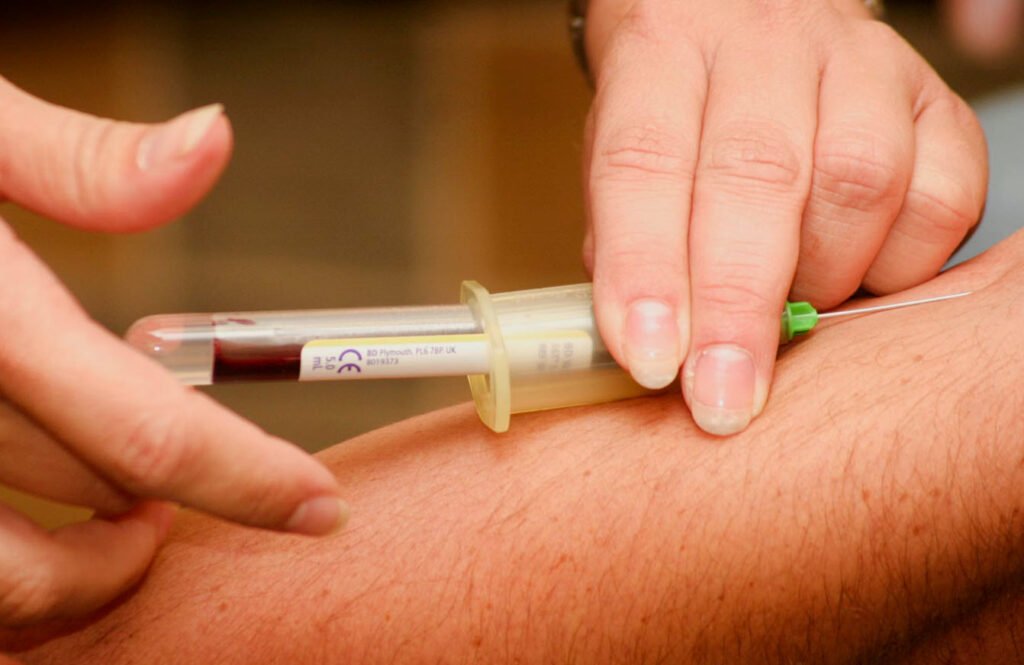
When it comes to drawing blood for various medical tests and diagnostic purposes, healthcare professionals generally prefer veins over arteries. Although arterial blood sampling is employed when specific circumstances demand it, venous blood sampling offers several advantages that make it the preferred choice in most cases.
Ease of Access and Reduced Pain
One of the primary reasons why healthcare providers opt for venous blood sampling is the ease of access. Veins are typically more superficial and numerous than arteries, making them readily accessible.
By applying slight pressure to the proximal part of the limb, healthcare professionals can easily identify and access veins. In contrast, arteries are deeper and less accessible, often necessitating reliance on the arterial pulse’s palpation, which can be challenging in some cases.
Moreover, drawing blood from arteries tends to be more painful for the patient compared to venous sampling. The arterial wall is thicker and denser, requiring more force for needle insertion, potentially leading to increased patient discomfort. In some instances, healthcare professionals may inadvertently puncture the back wall of the artery during the procedure.
Patient Comfort and Blood Supply
Venous blood sampling is more comfortable for patients, contributing to a less painful experience. In arterial sampling, due to the increased difficulty and discomfort, healthcare providers may need to employ more aggressive measures to secure access. This can lead to prolonged discomfort for the patient.
Furthermore, arterial blood sampling temporarily occludes the artery from which the sample is taken. As a result, the hand’s blood supply relies on alternative arteries during this time. While procedures like the Allen test can be used to ensure adequate collateral blood supply, there is still a theoretical risk of ischemic damage to the hand if collateral circulation is inadequate.
Blood Pressure and Clotting
Arteries have significantly higher blood pressure than veins. As a result, when a healthcare professional gains access to an artery, the blood tends to spurt out under pressure.
After withdrawing the needle, pressure must be applied to the site for several minutes to prevent bruising. During this time, the blood sample may clot, rendering it unusable. This poses a challenge as healthcare providers need to strike a balance between avoiding bruising and ensuring the sample’s viability.
Proficiency and Practicability
In many medical settings, blood samples are not collected by doctors but by specialized professionals such as phlebotomists, healthcare assistants, or nurses.
These individuals are often not trained to perform arterial blood sampling. Moreover, in hospitals, blood draws frequently serve as opportunities to establish intravenous lines for fluid administration and medication delivery. Arteries are not the preferred route for medication administration, making veins the logical choice for these procedures.
In conclusion, while arterial blood sampling has its place in specific medical scenarios, venous blood sampling is the standard practice in most cases. Its advantages in terms of ease of access, patient comfort, and practicality make it the preferred choice for routine blood collection and diagnostic procedures.
You may also like:- Why Don’t People Wake Up From Their Own Snoring?
- Bottle Feeding Your Baby – A Comprehensive Guide
- The Science of Paternity Testing – A Comprehensive Guide
- Top Five Cholesterol Myths You Should Know
- Why Is Our Brain Detecting Pain But Not Feeling It?
- The 11 Best Gynecology Books – Free PDF Download
- Can You Take Calcium and Vitamin D Supplements Together? Read Here
- Taking Control Of Your Hormonal Health: What To Expect From An HRT Clinic
- Strategies for Making Physical Activities Accessible for Children with Special Needs
- ICMR’s Advisory on Tea and Coffee Consumption








